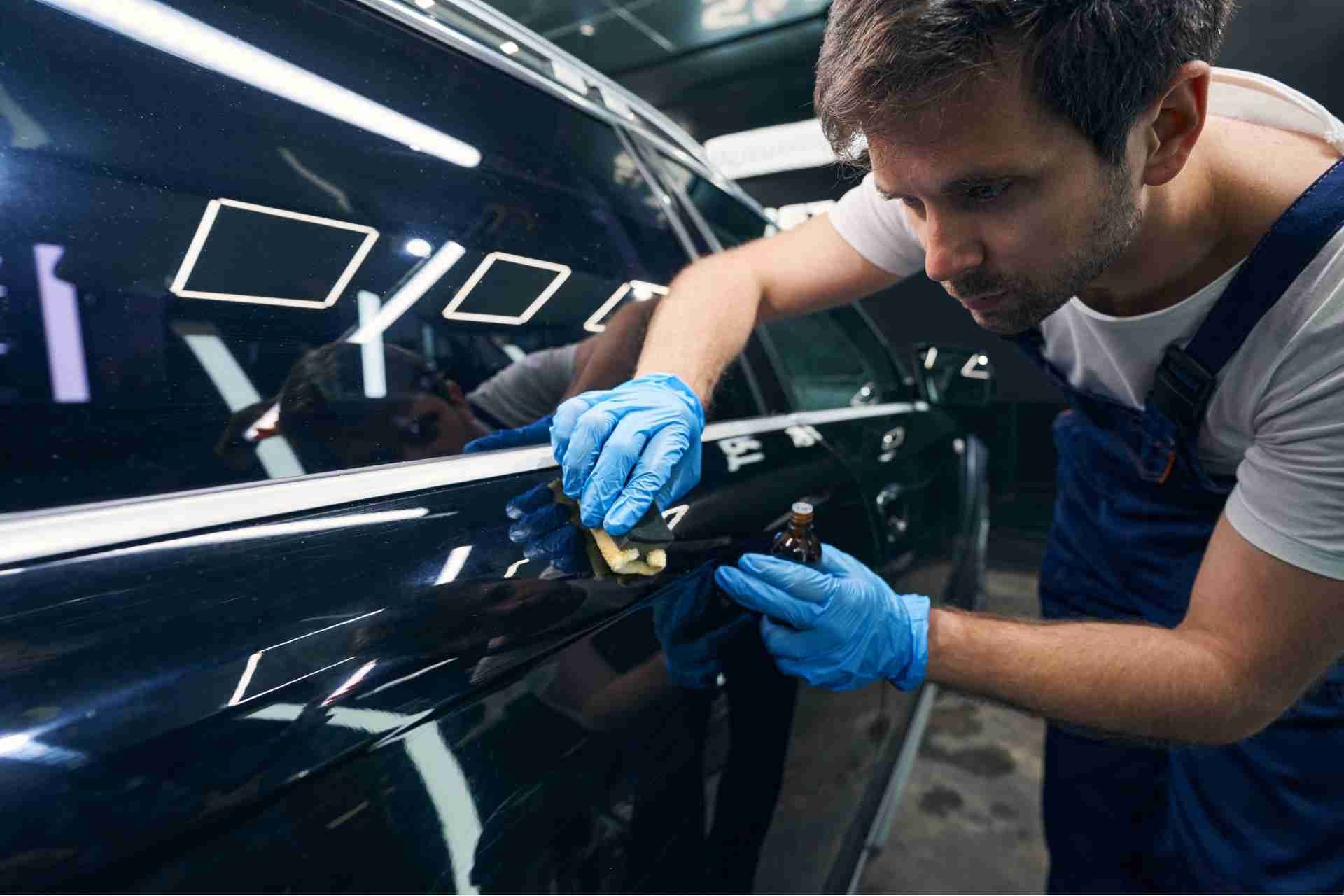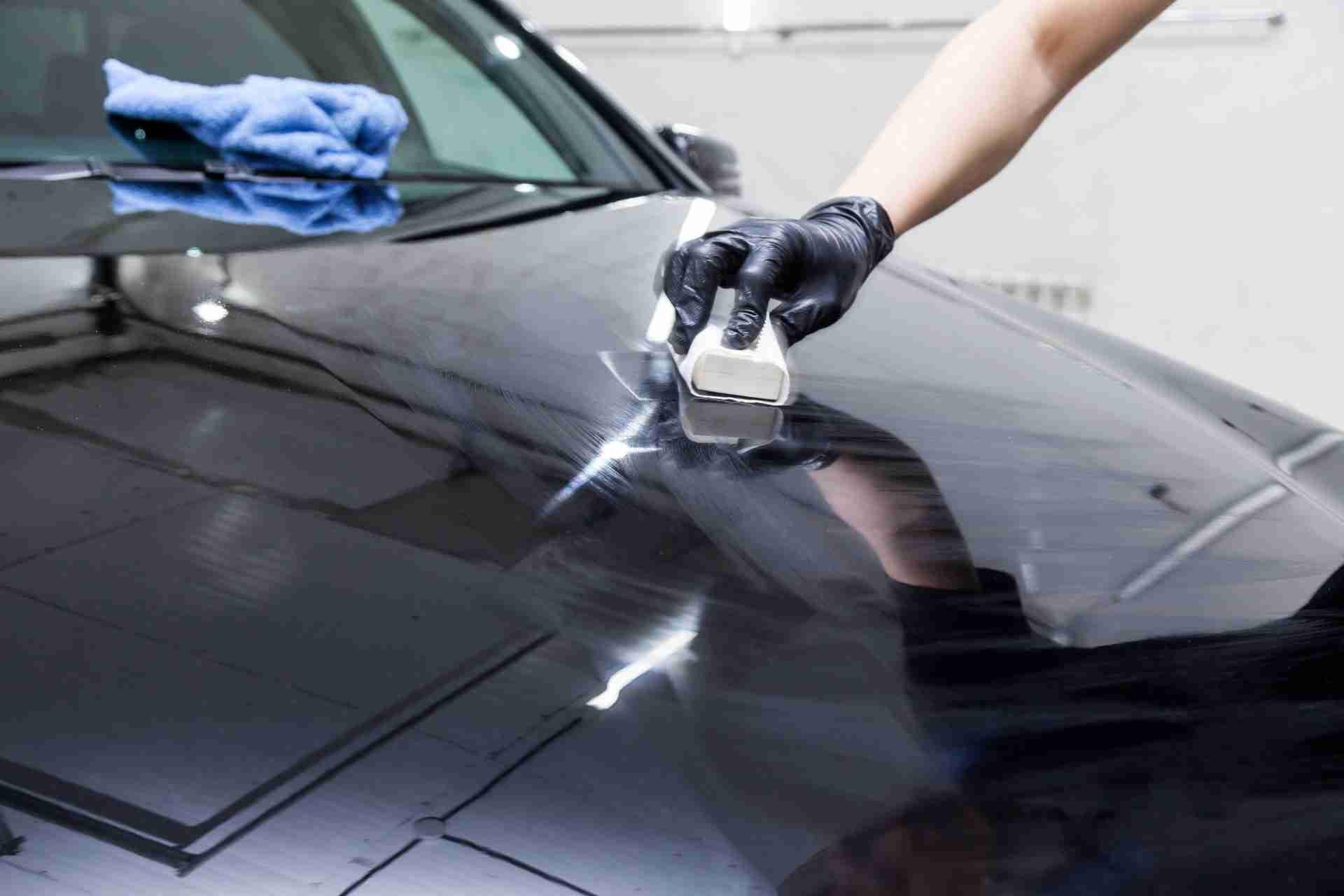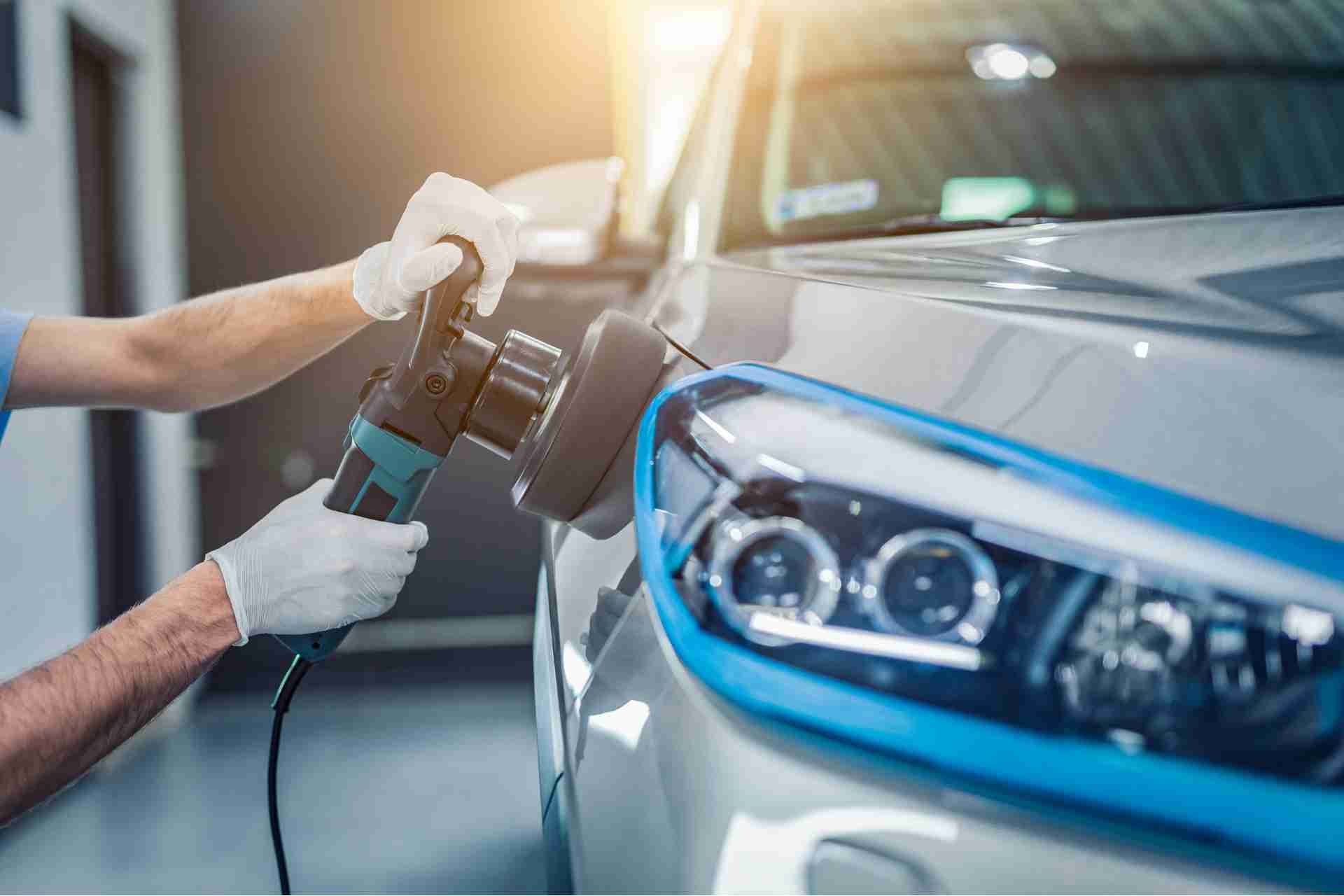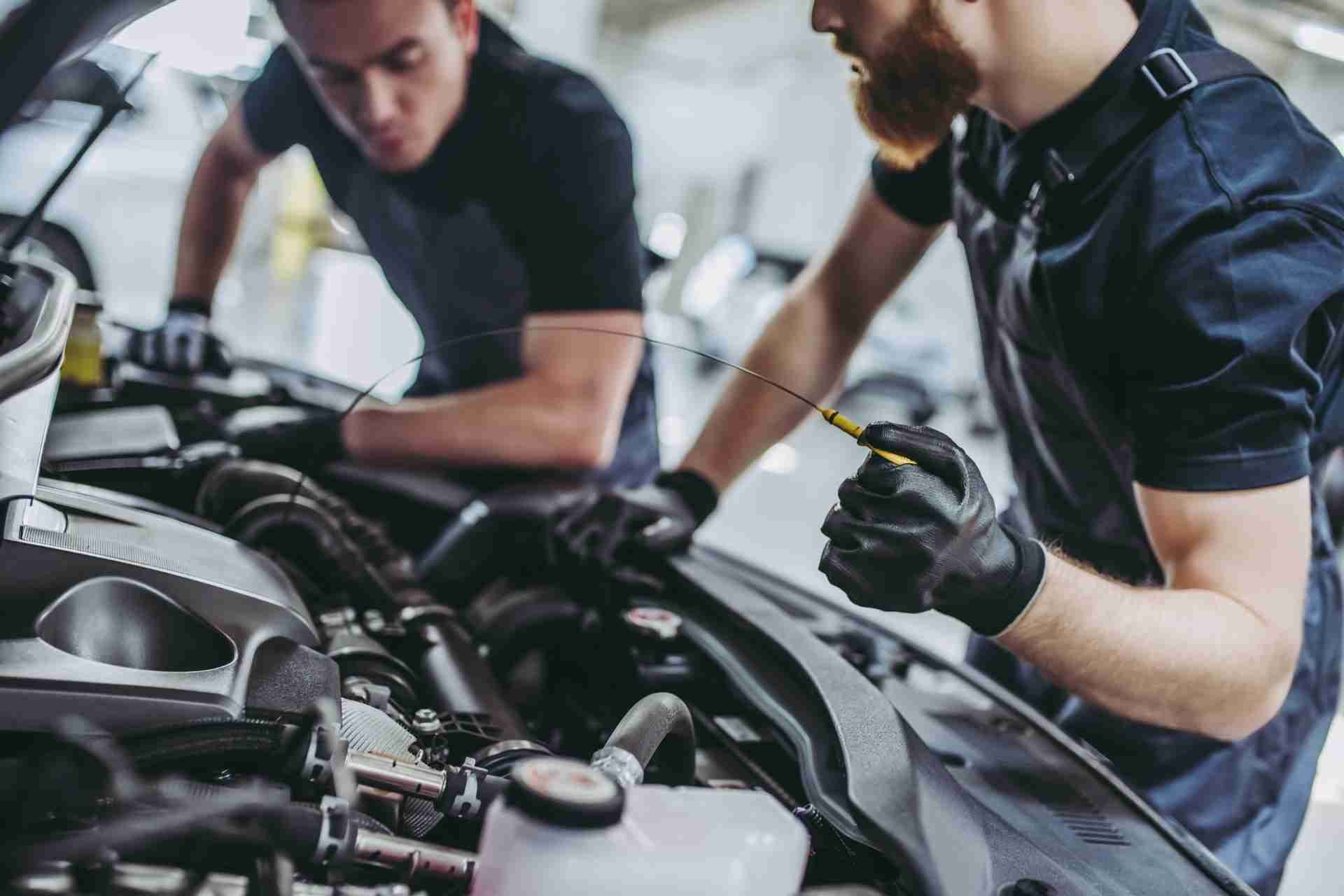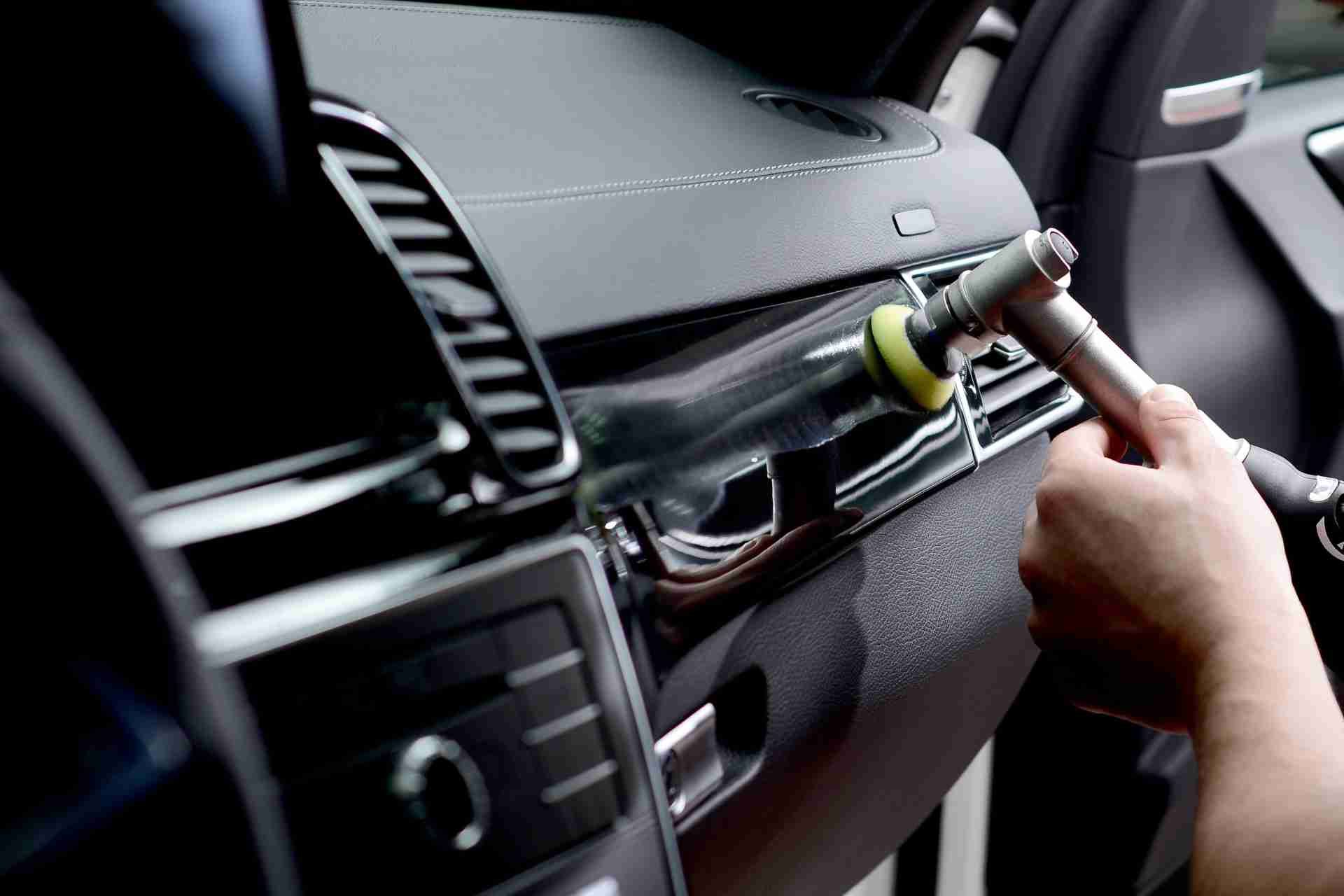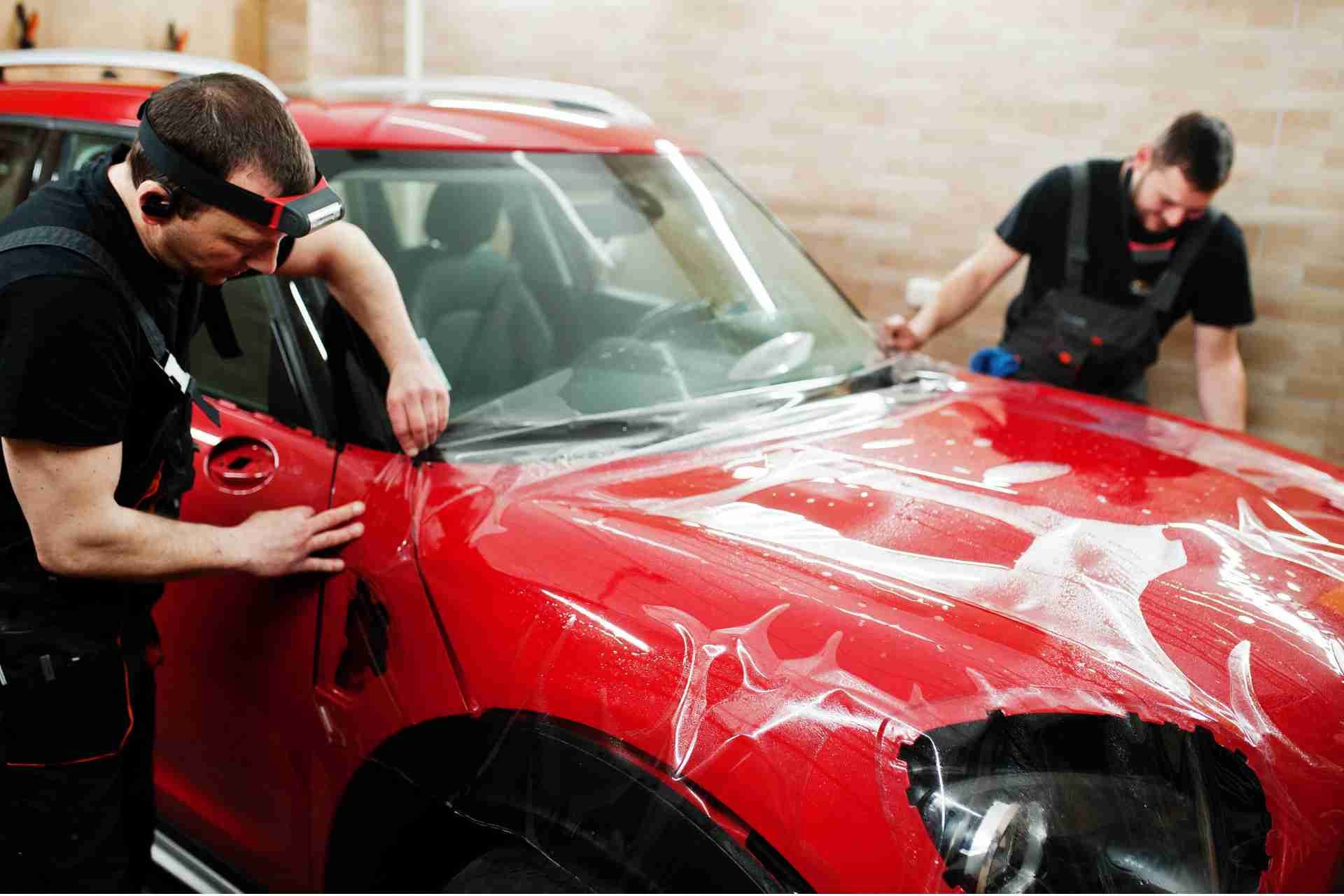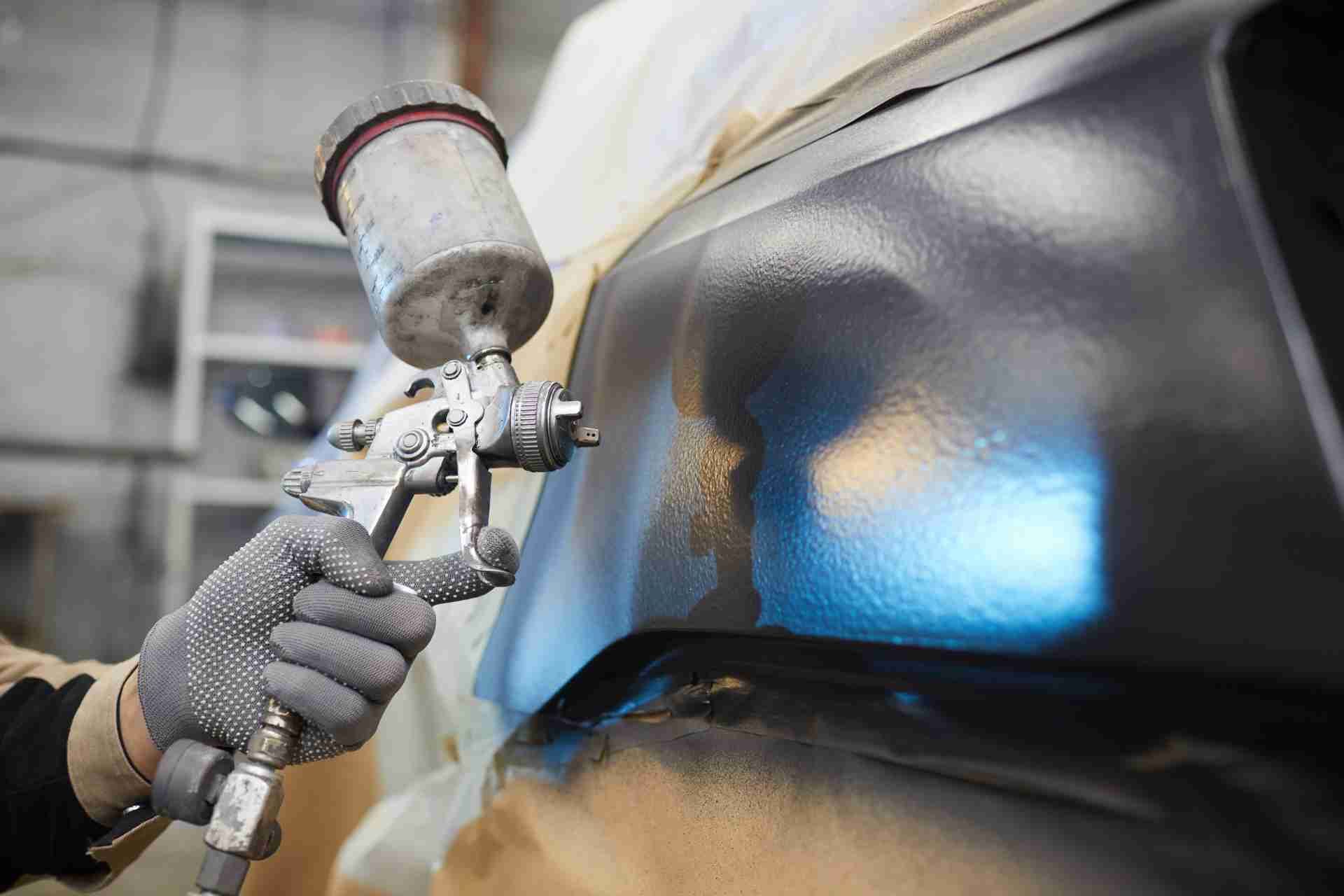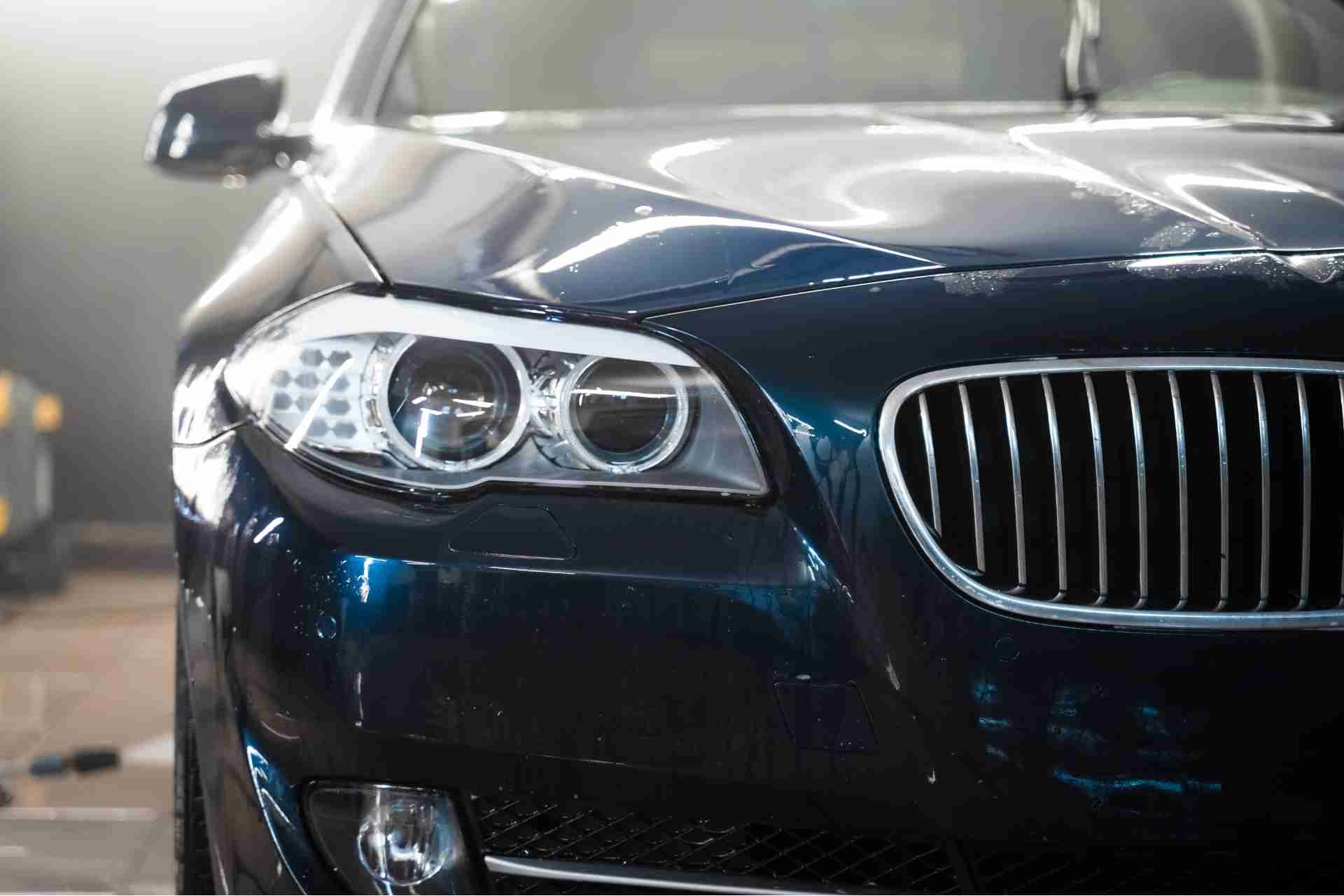What to Know When Detailing for Classic Cars
When detailing classic cars, you need to consider their unique requirements. It's not just about cleaning; it's about preserving history. You'll want to assess the paint condition and select the right products. Plus, the interiors demand special care to maintain their original charm. There's more to the process than meets the eye, and getting it right can make a significant difference in the car's longevity and appeal. Let's explore the essential steps you shouldn't overlook.
Understanding the Unique Needs of Classic Cars
When you're detailing classic cars, it's essential to recognize their unique needs, as these vehicles often require special care due to their age and materials.
Start by assessing the paint condition; old finishes can be delicate, so opt for gentle cleaning methods. Pay attention to the chrome and trim, as these elements may tarnish easily.
When dealing with interiors, remember that materials like leather and vinyl can deteriorate over time, so use products specifically designed for their preservation. Also, be cautious with rubber seals and weather stripping, which can be fragile.
Lastly, always work in a shaded area to prevent damaging finishes with direct sunlight. Understanding these needs ensures your classic car remains stunning for years to come.
Essential Tools and Products for Detailing
To achieve a flawless detail on your classic car, you'll need the right tools and products tailored for its specific requirements.
Start with a quality car wash solution that's gentle yet effective. Microfiber towels are essential; they won't scratch your paint and are great for drying.
Invest in a good wax or sealant to protect that classic finish. A soft-bristled brush helps clean intricate areas without damage.
Don't forget a vacuum with attachments for the interior, and a glass cleaner that leaves no streaks. For chrome or metal parts, a specialized polish will keep them shining.
Lastly, a clay bar can eliminate contaminants, ensuring a smooth surface. Equip yourself with these essentials to elevate your detailing game!
Preparing Your Workspace for Optimal Results
How can you ensure the best results when detailing your classic car? Start by choosing a clean, well-lit workspace. Natural light helps you spot imperfections and ensures you don't miss any spots.
Clear away clutter, so you have enough room to move around freely and access your tools easily. Consider using a soft mat to protect your knees and back while working.
Temperature matters too; aim for a moderate environment, as extreme heat or cold can affect products' performance.
Keep all your essential tools and products organized and within reach, reducing unnecessary trips. Lastly, have a trash bag handy to dispose of any waste, keeping your workspace tidy.
With a prepared workspace, you're set for a successful detailing session.
Step-by-Step Guide to Exterior Detailing
Detailing the exterior of your classic car can be broken down into several essential steps that ensure a thorough and effective clean.
First, wash the car using a pH-balanced car soap and a microfiber mitt to avoid scratches. Rinse thoroughly, then dry with a soft microfiber towel.
Next, inspect for paint imperfections and use a clay bar to remove contaminants.
After that, apply a polish to restore the shine, followed by a wax or sealant for protection.
Don't forget to clean the wheels and tires with a dedicated cleaner and brush, ensuring all dirt and grime are removed.
Finally, finish off by cleaning the windows with a glass cleaner for a crystal-clear view. Your classic car will look stunning!
Interior Detailing: Preserving Original Features
While you want your classic car's interior to shine, preserving its original features is just as crucial. Start by gently cleaning surfaces with appropriate cleaners that won't damage the materials. Use a soft brush or microfiber cloth to avoid scratching.
Pay special attention to original upholstery, as harsh chemicals can fade or ruin it. If you're dealing with leather, opt for a conditioner that nourishes without altering its texture.
For carpets, vacuum carefully to remove dirt without disturbing the fibers. If you have wood trim, a gentle polish can enhance its beauty while protecting it.
Caring for Chrome and Metal Finishes
Maintaining the striking appearance of your classic car doesn't stop at the interior; caring for chrome and metal finishes is just as important.
Start by washing these surfaces with a gentle soap and water solution to remove dirt and grime. Avoid abrasive cleaners that can scratch the finish.
Once clean, dry the surfaces thoroughly with a microfiber cloth to prevent water spots. Use a high-quality metal polish to restore shine and protect against corrosion, applying it with a soft cloth in small circular motions.
For chrome, a specialized chrome cleaner will enhance luster and help maintain that mirror-like finish.
Regularly check for rust or scratches and address them promptly to keep your classic car looking its best.
Protecting Paint and Surfaces Post-Detailing
After you've put in the effort to detail your classic car, protecting its paint and surfaces is essential to maintain that fresh, polished look.
Start by applying a high-quality wax or sealant, which creates a barrier against UV rays, dirt, and moisture. This won't only enhance the shine but also extend the life of your paint.
Consider using a ceramic coating for long-lasting protection. It offers superior durability and resistance to scratches.
Additionally, invest in a soft microfiber car cover to shield your vehicle from dust and environmental contaminants when it's not in use.
Regularly wash your car with gentle products to avoid stripping away the protective layers.
Seasonal Maintenance Tips for Classic Cars
As the seasons change, it's crucial to adjust your classic car's maintenance routine to keep it in top shape.
During spring, check for rust, clean the undercarriage, and inspect tires for wear.
In summer, ensure your cooling system's functioning well and keep the battery charged, especially if you drive less.
Come fall, focus on waxing to protect the paint from harsh elements and check your wipers and lights as days shorten.
Winter requires extra attention; store your car covered and consider a battery tender to maintain charge.
Regularly check fluids and tire pressure, as temperature fluctuations can affect them.
Conclusion
Detailing classic cars is an art that requires attention to detail and the right approach. By understanding their unique needs and using specialized products, you can preserve their beauty and integrity for years to come. Remember to work in a shaded area, keep your tools organized, and follow a thorough process. With regular maintenance and care, your classic car will not only look stunning but also stand the test of time on the road. Happy detailing!


